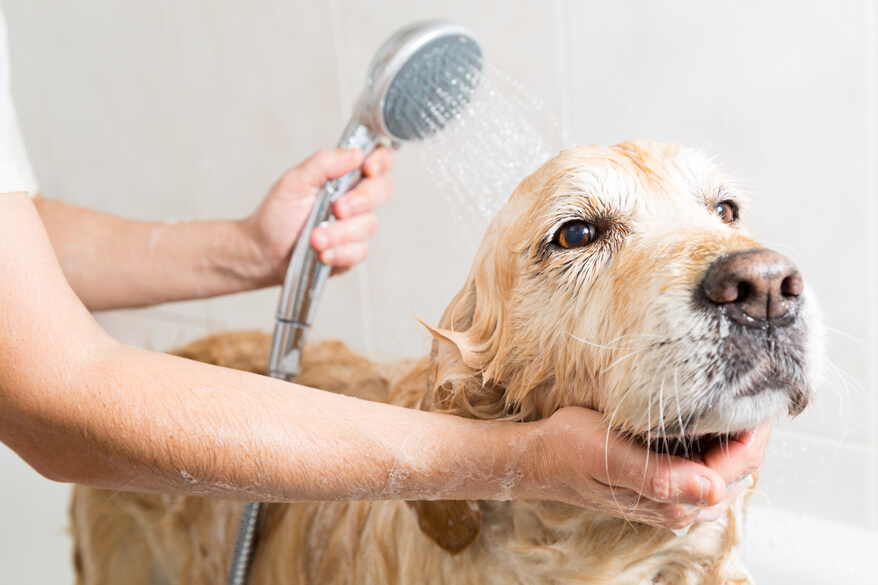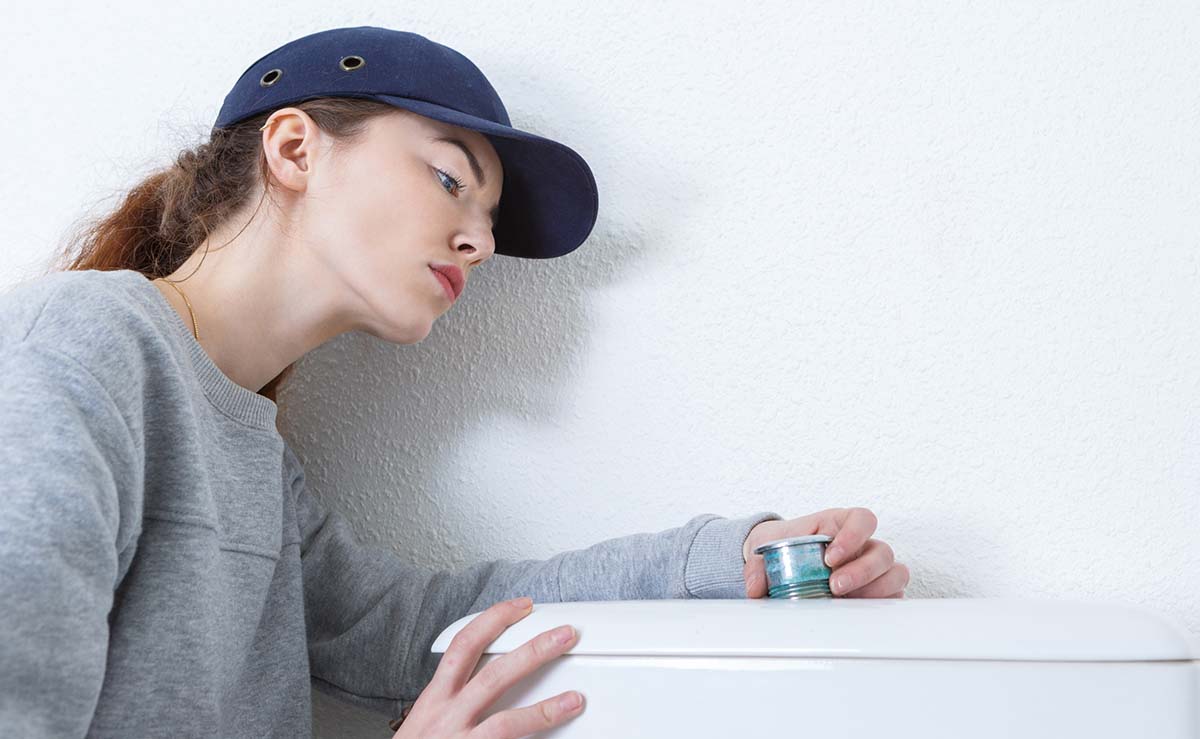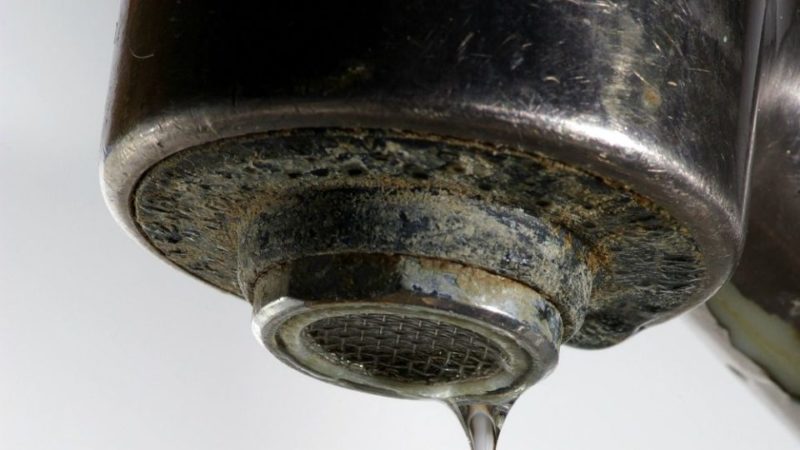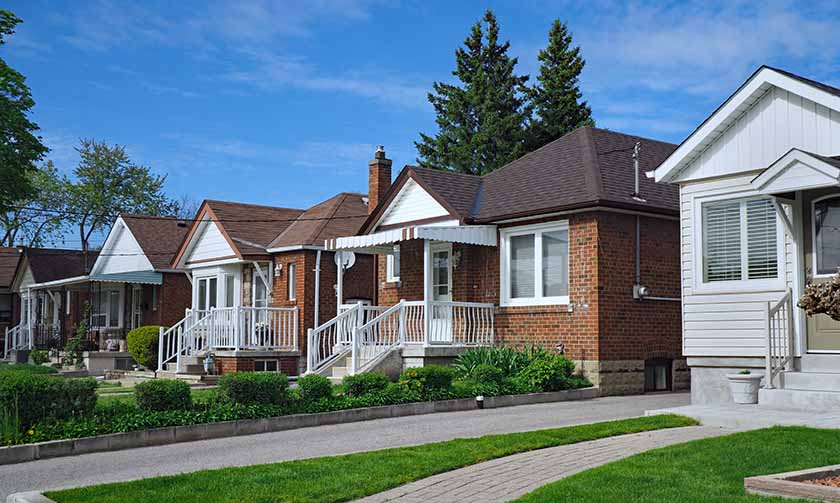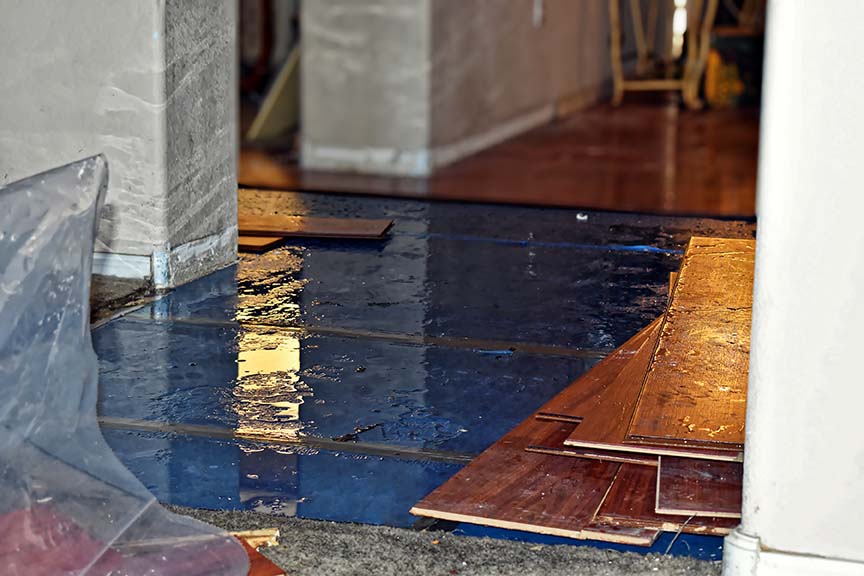There’s nothing quite like waking up on a chilly morning to be able to enjoy a hot shower before you start your day. Sometimes, though, hot water can be too hot, and it can cause your energy bills to increase unnecessarily. If your hot water tank is set too high, you may see this on your bill every month however, if it’s set too low, you may find that you won’t get enough hot water to enjoy that shower, and it can also cause bacteria to grow in the tank if it’s not hot enough. Here is how hot your hot water should be for your Toronto home.
Best temperature range for your hot water
It’s recommended that you keep your water heater between 49 degrees and 60 degrees Celsius or 120-140 degrees Fahrenheit. This temperature is recommended because it is hot enough to keep any potential pathogens at bay, but it’s also not too hot that it will be scalding when it comes out of the faucets in your home. Furthermore, it’s a fairly energy-efficient temperature, and you likely won’t see any major increases on your energy bills.
Insulating your hot water pipes can also help reduce your energy bills.
Even though between 49 and 60 degrees Celsius is the recommended temperature, there could be a few factors that will impact the exact right temperature for each family.
Factors that could affect your hot water temperature
There are a number of reasons you may want to change the temperature setting on the hot water tank for your Toronto home, including
- If you, or anyone living in your home, have a compromised immune system, then you may want to keep the water temperature higher – somewhere around 60 degrees Celsius instead of 49 degrees.
- If you live alone, you may find it acceptable to keep the temperature at the lower end as there is less demand for the hot water system.
- If you are trying to save money on your energy bill, you can save between 3 and 5% by turning the temperature down by 10 degrees on your hot water tank.
- Families with young children or seniors at home may want to keep it close to 120 degrees because children’s skin is much more sensitive than adults and they can experience burns much more quickly.
If you are still undecided about what the right temperature is for you, you can start by setting it to 120 degrees and adjusting it by a couple of degrees at a time. Try this new setting for a couple of days or a week at a time so you can determine if it’s right for you or not.
How do you know what your current temperature setting is?
If you aren’t entirely sure what the temperature setting on your hot water tank is, there are several ways to determine what it is. First, your hot water tank may have a digital readout that will tell you what the current temperature is.
If you don’t have this option, you can do a temperature check by running your hot water out of a faucet in your home. Make sure it’s running for a few minutes and as hot as it’s going to get. From there, you can stick a thermometer into the water and determine the temperature.
If your water isn’t hot enough, and turning up the temperature doesn’t seem to be working, you can call in a professional plumber to determine why the temperature isn’t increasing.
Contact D. Jason Plumbing today
Are you experiencing any issues with the plumbing in your Toronto home? If so, contact us today to speak with a plumber.
